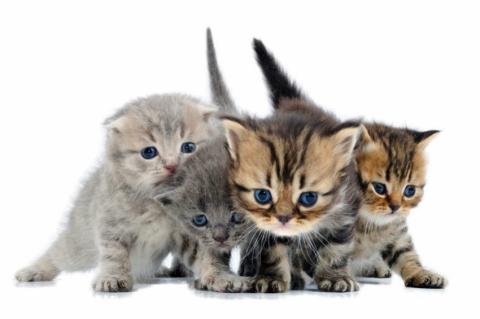People sometimes think it’s about suicide. It’s not. It’s about control, about grabbing onto one thing you can control, when everything else is out of control. It’s about finding a way to make the pain stop, when it feels like it will go on forever.
My battle with self-mutilation started after I began therapy as an adult survivor of child abuse. My abuse took almost every form there is: physical, sexual, emotional, verbal, and psychological. It lasted fourteen years, through my entire childhood.
That’s a lot to deal with, so why add new physical pain to the mix? Why did I pick up a knife and start cutting myself? And how did I stop?
Hurting yourself sounds absolutely crazy. But when your world feels insane, when it feels like there couldn’t be any more pain in your life, you’ll try almost anything to make it stop. Emotional pain is like grief: you can’t wake up one morning and decide you’re done, turn it off at the tap and sorrow no more. The pain will be with you until you work through it. Cutting is one way I worked through it. Trust me – therapy is a much better way!
Sometimes I cut from anger at myself. Mostly I cut because here was pain I could control. I could make deep cuts or shallow ones, long or short, over old scars or on uncut flesh. I could use ragged knives or sharp ones; scissors or blades. Each made a different kind of damage, a different pain.
Sometimes I cut so that the scabs and scars would show. I wanted some kind of external statement, some way to silently tell the world that I was in pain.
Sometimes I cut instead of dying. There were many days when I had suicidal thoughts, and felt too numb to carry on. On some of those days cutting helped, because the fresh pain it brought made me feel something. I knew this pain would stop in a few hours or a couple of days. Somehow that thought would sink in: if I hold on, someday I might be past the emotional pain, the thing I would rather die than face. The practice of getting past the cutting pain helped me hope I might get past the rest, helped me hold on for one more hour, one more day.
I remember being burned as a child, but I couldn’t remember how. Most burns leave scars, or at least red marks, and I had none. I began to doubt my own memories, because how could I have been in so much pain from burns, and not have a mark on my skin to show for it? Then one day I picked up something other than a knife, found myself n intense pain from a fresh burn, and realized how my abuser had done it. Some part of me had remembered the details, and re-enacted the crime. I was in pain from the burn, and there was no evidence of a burn at all. Even before the pain abated, I felt a profound sense of relief: I wasn’t crazy; there was a way to do that; it had happened.
My first realization that I needed to stop cutting came through one of my daughters. One day when I came to pick up my three year-old Anna from day care, she proudly showed me a paper full of rainbow hues. They had been “markering,” she informed me, and had three papers full of color to prove it. I smiled, took her papers, and buckled her in her car seat.
Then I noticed her right wrist: it was cross-hatched with black marks. I asked her what happened and she said she didn’t know; she must have smeared when she was markering. But as I looked again, I realized Anna must have put those marks on herself. They were on her arm, not the heel of her hand, and they were sharp and clear, not smudged.
I said, “Why on earth would you do that, Anna? Why did you mark yourself up like that?”
“You got ‘em too, Mommy,” she said. “They’re just like yours.”
I knew I had to stop. Even if I couldn’t stop for myself, I knew I had to stop for my children. I never cut myself in front of them, and I thought I hid the results from them fairly well, but clearly I was mistaken. This behavior had to end.
Through trial and error and sheer desperation, I came up with some rules for “knife behavior.” First, I would try to resist the urge to cut, or try to delay it: “You don’t have to do that now – you can do it tonight.” And of course it didn’t happen later that night, because I never cut when anyone else was in the house.
If I found myself grabbing a knife anyway, the next rule was to use the top edge of the knife, not the blade edge. This resulted in the same action of drawing metal against skin, but there was no cutting.
The next rule was to keep the knives in one place in the kitchen, and assign them to one place in the dishwasher. Knives in the drawer were off limits, and so were knives in the left-most silverware compartment in the dishwasher. To this day, we still load knives into that compartment only.
Eventually I stopped cutting myself. This was in part due to continuing therapy, which increased my understanding and my resilience. It was also due to the rules of knife handling I developed. The motivation to stop came from the need to keep that behavior as far away from my daughters as possible.
P.S. Self-mutilation is not an easy thing to read about or talk about. If you notice unexplained cuts or burns on your son or daughter, please start the conversation anyway. Pain that large needs to be handled as a team.


